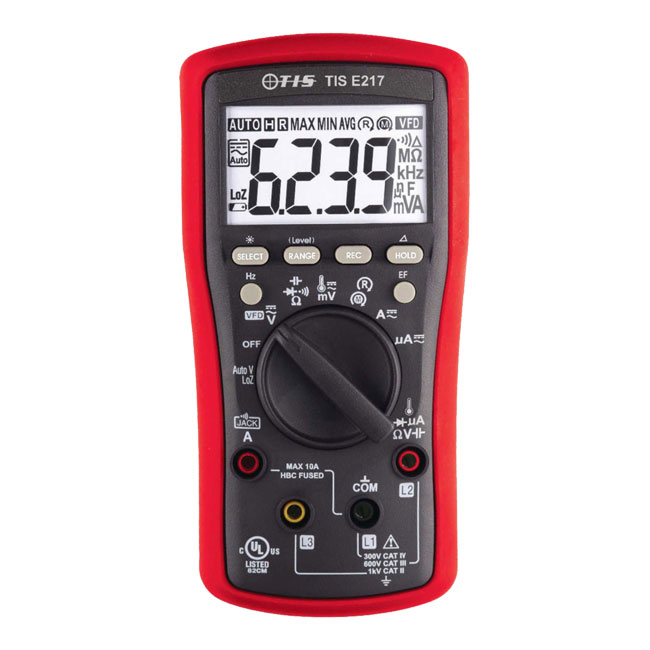Whether you are a professional electrical engineer or a simple DIY enthusiast, most electrical testing tasks involve the measurement of three properties: voltage, current or resistance. This enables us to confirm that a circuit or device is safe and is operating properly, and it allows us to diagnose problems. These are essential tasks in electrical testing and can all be carried out by the multimeter, which is now an indispensable instrument in an electrician’s tool bag.
When electrical testing and troubleshooting first became an essential process it became very cumbersome and time-consuming to carry multiple instruments. It would take time to locate different instruments and to set them up, particularly when the electrician was swapping frequently between tasks or had a long series of repetitive tasks to complete. So the multimeter was the development of a single tool which could carry out multiple electrical testing tasks. This would improve electrical testing by streamlining the workflow and making it much more efficient. As time has gone on, technology has evolved to mean that multimeters have developed to meet changing demands, for better accuracy, more readability, more functionality and advanced features, such as easy-to-read LCD screens.
What is a multimeter?
A multimeter is a handheld testing instrument which consists of four main elements:
- An LCD screen
- A selection dial
- Input jacks
- Test leads
This device is able to measure voltage (in volts), current (in amps) and resistance (in ohms) of electrical circuits and devices. You simply choose the measurement type required using the selection dial on the front of the instrument, apply the appropriate range of measurements and attach the test leads to the circuit or components as a means of connecting the multimeter.
How is a multimeter used?
The multimeter is used for testing components such as resistors, capacitors and transistors during the design, testing, maintenance and repair processes. A multimeter such as the TIS E217 supplied by Test Instrument Solutions works by connecting the test leads as appropriate to the type of measurement desired. So:
Voltage – Connect the test leads across the component or the section of the circuit, with the red lead connected to the positive side and the black lead connected to the negative side.
Current – The multimeter is connected in series with the circuit so that the current flows through the meter.
Resistance – Connect the multimeter across the component while ensuring the circuit is powered off.
The multimeter is very simple to use, by simply turning the selection dial to locate the type of test required. Multimeters are used in homes and businesses for all electrical installations, in automotive electrical systems and for repairing appliances and electrical devices.
Multimeters are an essential instrument for ensuring circuits are functioning correctly and safely, and therefore are critical for all electrical installations and periodical maintenance thereafter. They are also widely used for troubleshooting when repairs or circuit re-designs are required. Advanced models, such as the TIS 280 supplied by Test Instrument Solutions, can also provide additional functions, such as measuring capacitance, frequency and temperature.
Please note that this section is for information purposes only. Anyone using equipment referred to in this section must be suitably qualified and/or experienced within the respective field. If in doubt before use, please consult a qualified electrician or engineer & thoroughly read all instruction booklets.